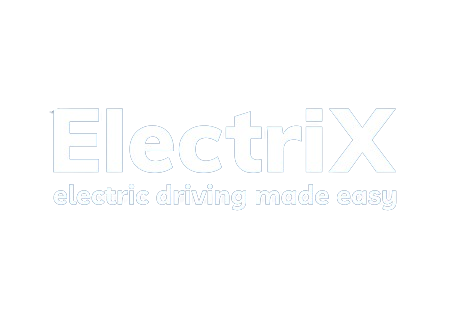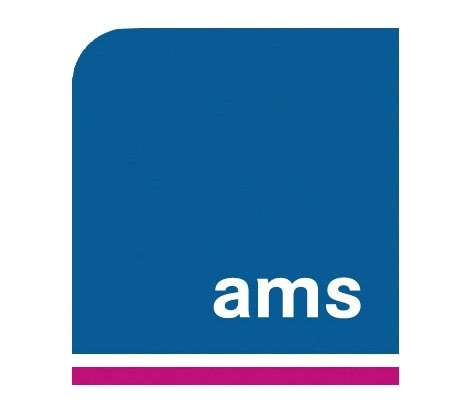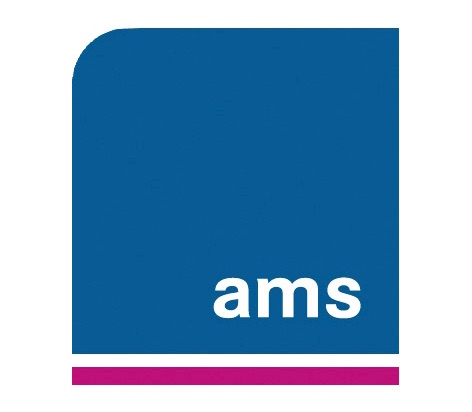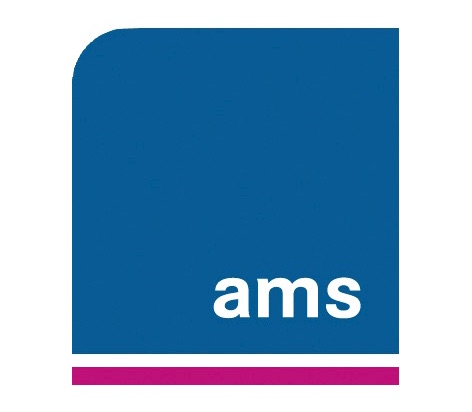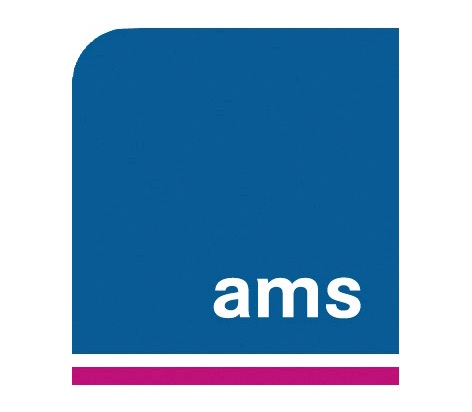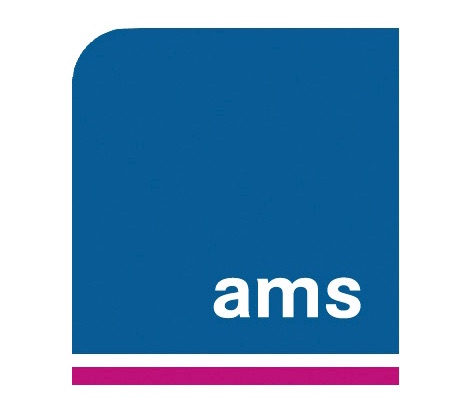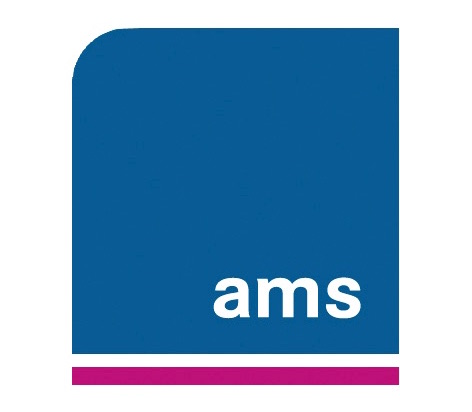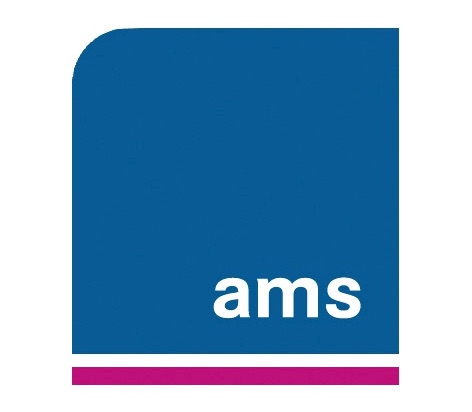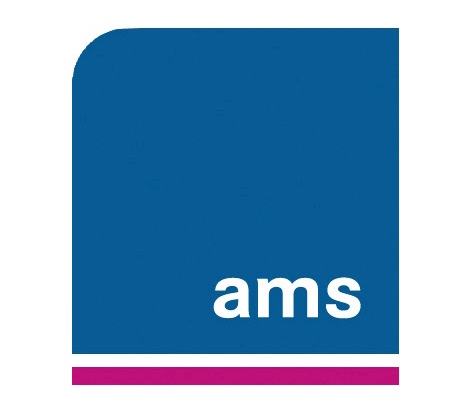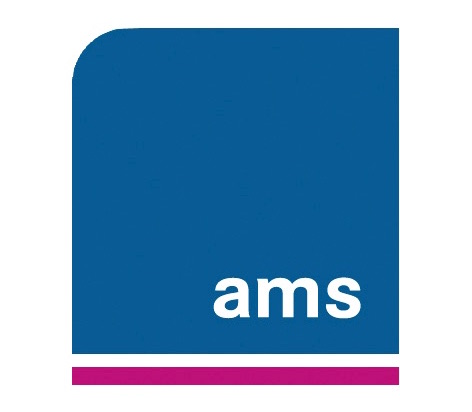The five ways to get an Outside of IR35 verdict in the CEST tool#AskAMS
The new ‘IR35 in the Private Sector’ legislation - that was postponed at the last minute in March 2020 – is now due to take effect from 6th April 2021.
The postponement in March 2020 wasn’t enough to prevent many thousands of freelance contractors being driven into Umbrella companies by their end-clients - who had decided on a policy to prevent their contractors from using their own limited companies. I anticipate that soon many more thousands of contractors will either be forced by their end-clients to use high-tax/zero-rights Umbrella companies, or will be treated as being inside IR35 and have PAYE and National Insurance deducted from sales invoice payments.
However, although contractors have limited power to avoid being given an outside IR35 decision by their end-clients from 6th April 2021, there are a few things they could do:
- Consider getting IR35 insurance that will cover both themselves, their end-client and the agent. I know of insurance companies that offer such insurance cover (once they are satisfied that a contract is outside IR35) and it could potentially dissuade end-clients from making incorrect inside-IR35 status decisions. This is because, where previously end-clients were worried about repercussions from HMRC if they gave an outside-IR35 decision, an insurance policy that covered any potential tax liabilities and penalties could remove that threat.
- By paying a few hundred pounds for insurance that covers all taxes owed by any of the parties to a contract, in the event of an HMRC IR35-status enquiry, a contractor may save themselves many thousands of pounds each year.
- Revisit our advice on how to get an outside-IR35 verdict from HMRC’s CEST tool (which is mentioned below) and see if you can persuade your end-client to take the necessary steps that will give a helpful IR35 status decision. In the past 11 months or so, we have seen more end-clients looking into the steps necessary for the CEST tool to give an outside-IR35 decision, and – with a bit of imagination and willing on the part of the end-client – it is fairly easy to do.
Last year we identified five routes to an outside of IR35 verdict (‘Off-payroll working rules (IR35) do not apply’) because it became clear to us that the tool relied very heavily on certain answers - and almost completely ignored other parts of the questionnaire if certain questions are able to be answered in a certain way.
We explained that when completing the CEST tool questions, the first 6 questions generally answer themselves:
1. About you and the work
Q: What do you want to find out?
A: If the off-payroll working rules (IR35) apply to a contract
Q: Who are you?
A: Worker
Q: What do you want to do?
A: Make a new determination
Q: Are you trading through a limited company, partnership or unincorporated body?
A: Yes
Q: Have you already started working for this client?
A: Yes
2. Worker’s duties
Q: Will you be an ‘Office Holder’?
A: No (always answer no to this question)
THE FIVE ROUTES TO BEING OUTSIDE OF IR35
Then there are various sections on different aspects of one’s terms of engagement. And by answering certain key questions in certain ways, one can get a positive IR35 verdict. We identified five ways to get an outside IR35 verdict. Below are the questions for each route – plus the necessary answers if you are to get a positive outcome.
Routes 1 and 2: Substitutes and helpers: The first two routes relate to the Right to Substitute and if you give the ‘right’ answers to these then you get a good verdict irrespective of the other answers.
Route 1 – Substitutes and helpers
Q: Have you ever sent a substitute to do this work?
A: Yes, your client accepted them
Q: Did you pay your substitute?
A: Yes
Route 2 – Substitutes and helpers
Q: Have you ever sent a substitute to do this work?
A: No, it has not happened
Q: Does your client have the right to reject a substitute?
A: No
Q: Would you have to pay your substitute?
A: Yes
Routes 3 and 4: Working arrangements: The next two routes are very similar (the difference is highlighted in bold italics) and relate to control over how you work. Again, if you give the ‘right’ answers here, the other answers barely matter.
Route 3 – Working arrangements
Q: Does your client have the right to move you from the task you originally agreed to do?
A: No, that would require a new contract or formal working arrangement
Q: Does your client have the right to decide how the work is done?
A: No, you solely decide
Q: Does your client have the right to decide your working hours?
A: No, you solely decide
Q: Does your client have the right to decide where you do the work?
A: No, you solely decide
Route 4 – Working arrangements
Q: Does your client have the right to move you from the task you originally agreed to do?
A: No, that would require a new contract or formal working arrangement
Q: Does your client have the right to decide how the work is done?
A: Not relevant, it is highly skilled work
Q: Does your client have the right to decide your working hours?
A: No, you solely decide
Q: Does your client have the right to decide where you do the work?
A: No, you solely decide
Route 5: Worker’s financial risk: This final route is very difficult for a white collar freelancer to get a positive verdict because there are generally no costs to fixing an issue apart from unpaid time. But it is theoretically possible. Only the two important questions from this section are shown.
Route 5 – Worker’s financial risk
Q: How will you be paid for this work?
A: A fixed price for the project
Q: If the client was not happy with the work, would you have to put it right?
A: Yes, unpaid and you would have extra costs that your client would not pay for
THE EASIEST WAY AROUND IR35 IN THE PRIVATE SECTOR
The easiest way for many freelance contractors to get an ‘outside of IR35 verdict’ will be by having a proper ‘Right to Substitute’ clause in one’s contract (Route 2 above) - and to make sure that your end-client is aware of it and respects your right. If such a clause exists, and the end-client acknowledges it exists, then the CEST tool gives an outside-IR35 decision. There is, of course, no requirement for such a clause to ever be exercised.
Find out more by visiting https://www.ams-accountancy.co.uk/blog/the-five-ways-to-get-an-outside-of-ir35-verdict-in-the-cest-tool/







